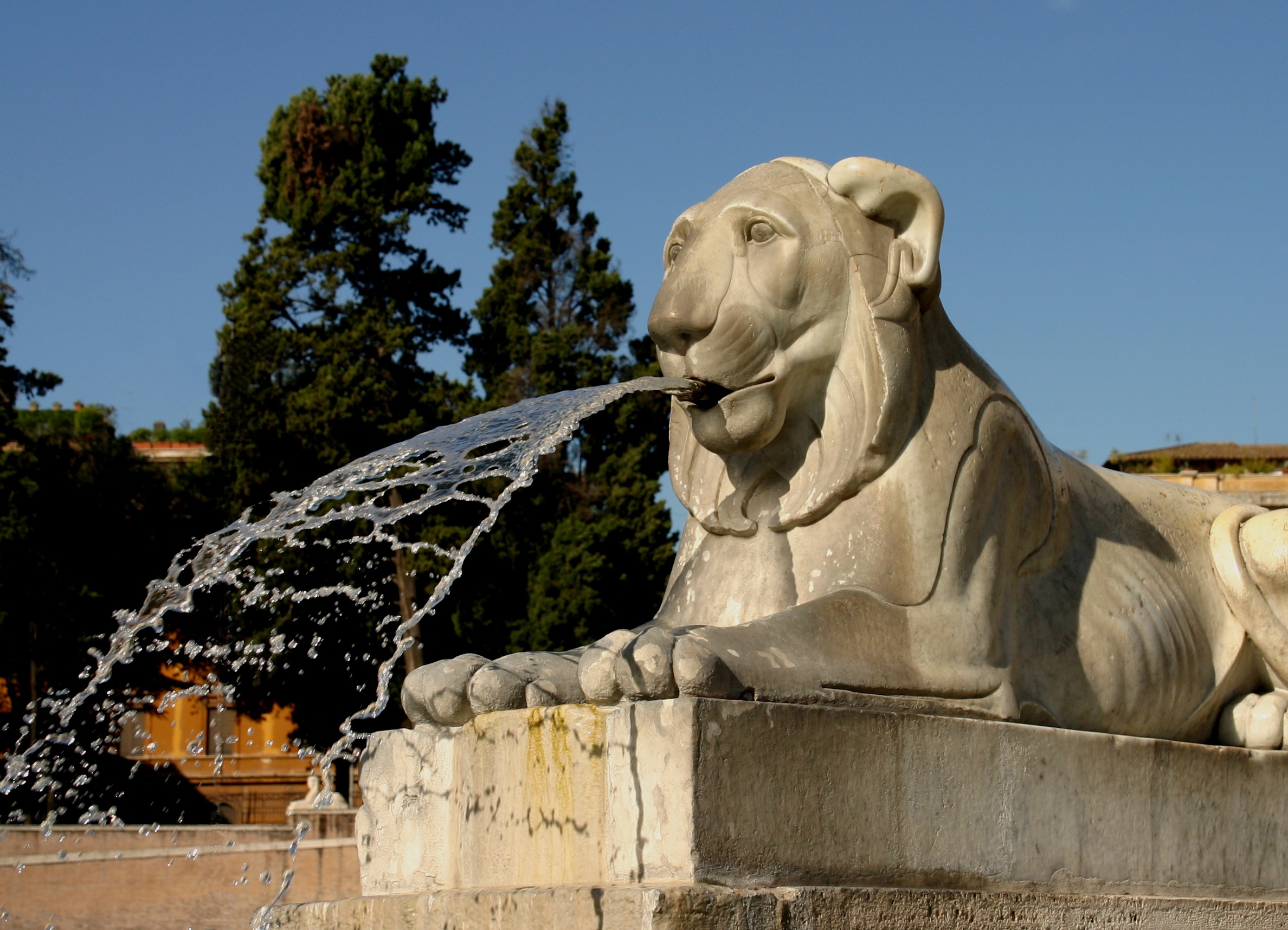The 144,000 Saints Versus the Great and Innumerable Multitude
There are two groups of believers mentioned Revelation chapters seven and 14. They are Yeshua’s 144,000 bride-priests and the carnal or lukewarm believers who get spiritually refined in great tribulation.
The 144,000 are spiritual virgins who follow the Lamb wherever he goes. They are redeemed believers and first fruits of Elohim (Rev 14:4).
The 144,000 are without deceit or fault (i.e., sin) before YHVH’s throne of judgment (Rev 14:5). How can it be said that someone is without fault without being Torah-obedient, since the Torah defines sin (1 John 3:4)? Indeed, those who are the saints that make up the 144,000 must be Torah-observant and be walking under the blood of Yeshua (Rev 12:17; 14:12).
The meaning of the names of the patriarchs of the 12 tribes have a hidden message pertaining to the bride of Yeshua, which is more proof that the 144,000 are the bride.
- Judah means “Now I will praise YHVH.” (Gen 29:35)
- Reuben means “Surely YHVH has looked upon my affliction.” (Gen 29:32)
- Gad means “What good fortune.” (Gen 30:11)
- Asher means “Happy am I.” (Gen 30:13)
- Naphtali means With great wrestlings have I wrestled.” (Gen 30:8)
- Manasseh means “For Elohim [said he], ‘has made me foreget all my toil.’” (Gen 41:51)
- Simeon means “ Because YHVH has heard that I was hated.” (Gen 29:33)
- Levi means “ Now this time will my husband be joined to me.” (Gen 29:34)
- Issachar means “Elohim has given me my wages.” (Gen 30:18)
- Zebulon means “Elohim has endowed me with a good gift, now my husband will dwell with me.” (Gen 30:20)
- Joseph means “YHVH shall add to me.” (Gen 30:24)
- Benjamin means “You shall have this son. (Gen 35:17–18)
Combined the names tell the following story:
Now will I praise YHVH. Surely YHVH has looked upon my affliction. What good fortune. Happy am I. With great wrestlings have I wrestled and I have prevailed. For Elohim has made me forget all my toil because YHVH has heard that I was hated. Now this time will my husband be joined unto me. Elohim has given me my wages. Elohim has endowed me with a good gift. Now my husband will dwell with me. YHVH shall add to me. You shall have this son.
What is the seal of God (Rev 7:3)? A seal is a signature, stamp, sign, brand or identification mark signifying ownership. A seal in the forehead symbolizes that one has the mark is completely yielded and subservient to the one who placed the mark.
It seems that there are two groups within Christianity or redeemed Israel: Ephraim and Manasseh. Manasseh means “forgetful.” Could this prophetically represents those Christians who have forgotten their heritage, the Hebrew roots of their faith, namely the Torah? Ephraim means “doubly fruitful.” Could this be a prophetic reference to believers who have both the Torah commands of YHVH and who have the testimony or the faith of Yeshua (Rev 12:17; 14:12) — the two identifying marks of the end time saints or bride of Yeshua in Revelation?
There are other references in Revelation to the non-bride, carnal or lukewarm believers (see Rev 3:14–22). This could include the great multitude of Revelation 7:9–15 who came out of great tribulation who are before the throne of Yeshua, but are not necessarily kings and priests and are different than the 144,000. There may be those still coming out of Babylon the Great just prior to her destruction (Rev 18:4). Revelation 16:2 may hint at a group of people who refuse to take the mark of the beast and who are on earth during the bowl judgments. Revelation 14:4 mentions first fruits. If there are first fruits, there must be second fruits—others who will be part of a later spiritual harvest.
Who Are the Great and Innumerable Multitude (Rev 7:9–17)?
Who comprise this great and innumerable multitude? It’s unlikely that they’re the 144,000 bride, since they are a larger number than the 144,000 and since Yeshua has to “lead” (lit., to show the way, teach, guide) them to the fountains of living water (Rev 7:17), which is the Torah (see Ps 36:2 [iniquity or sin is lawlessness or Torahlessness, see 1 John 3:4], 6 [righteousness is Torah obedience, see Ps 119:172; judgments is a biblical synonym for Torah, since the Torah’s standards form the basis for the judgments of Elohim], 9 [fountain of life, light are biblical metaphors for the Torah], 12 [iniquity or sin is lawlessness or Torahlessness, see 1 John 3:4]). Who will help to teach this innumerable multitude (those who were lukewarm believers), but who became spiritually hot during the fiery trials of the great tribulation (see Rev 3:17–18)? It will likely be the 144,000 righteous priest-king brides of Yeshua who had known Yeshua all along, and who had been keeping his Torah-commands (Rev 12:17; 14:12).
Revelation 16:15 (cp. 3:14–22) speaks of two categories of believers: those who watch and keep their garments clean, and those walked in nakedness and shame (who presumably aren’t watching or keeping their garments clean). There are garments of righteousness that YHVH clothes us with at the time of our initial salvation (Isa 61:10), but the garments of good works or righteousness are a result of our good works of Torah-obedience and which will determine the saint’s level of rewards in YHVH’s kingdom (Rev 19:7–9 cp 3:17–18; 2 John 1:8).




